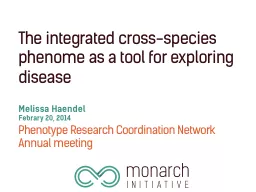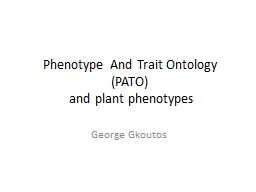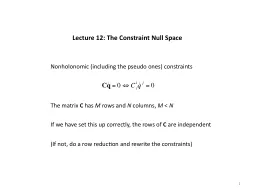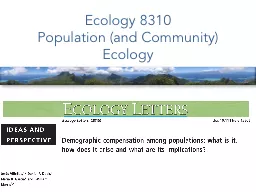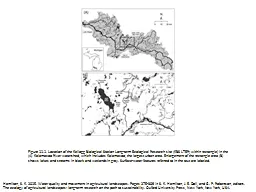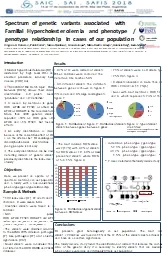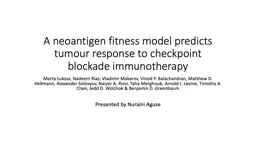PPT-A null model for phenotype-fitness landscapes and the
Author : festivehippo | Published Date : 2020-08-29
distribution of mutation effects on fitness using random matrix theory Guillaume Martin Institut des Sciences de lEvolution ISEM UMR 5554 Université Montpellier
Presentation Embed Code
Download Presentation
Download Presentation The PPT/PDF document "A null model for phenotype-fitness lands..." is the property of its rightful owner. Permission is granted to download and print the materials on this website for personal, non-commercial use only, and to display it on your personal computer provided you do not modify the materials and that you retain all copyright notices contained in the materials. By downloading content from our website, you accept the terms of this agreement.
A null model for phenotype-fitness landscapes and the: Transcript
Download Rules Of Document
"A null model for phenotype-fitness landscapes and the"The content belongs to its owner. You may download and print it for personal use, without modification, and keep all copyright notices. By downloading, you agree to these terms.
Related Documents




